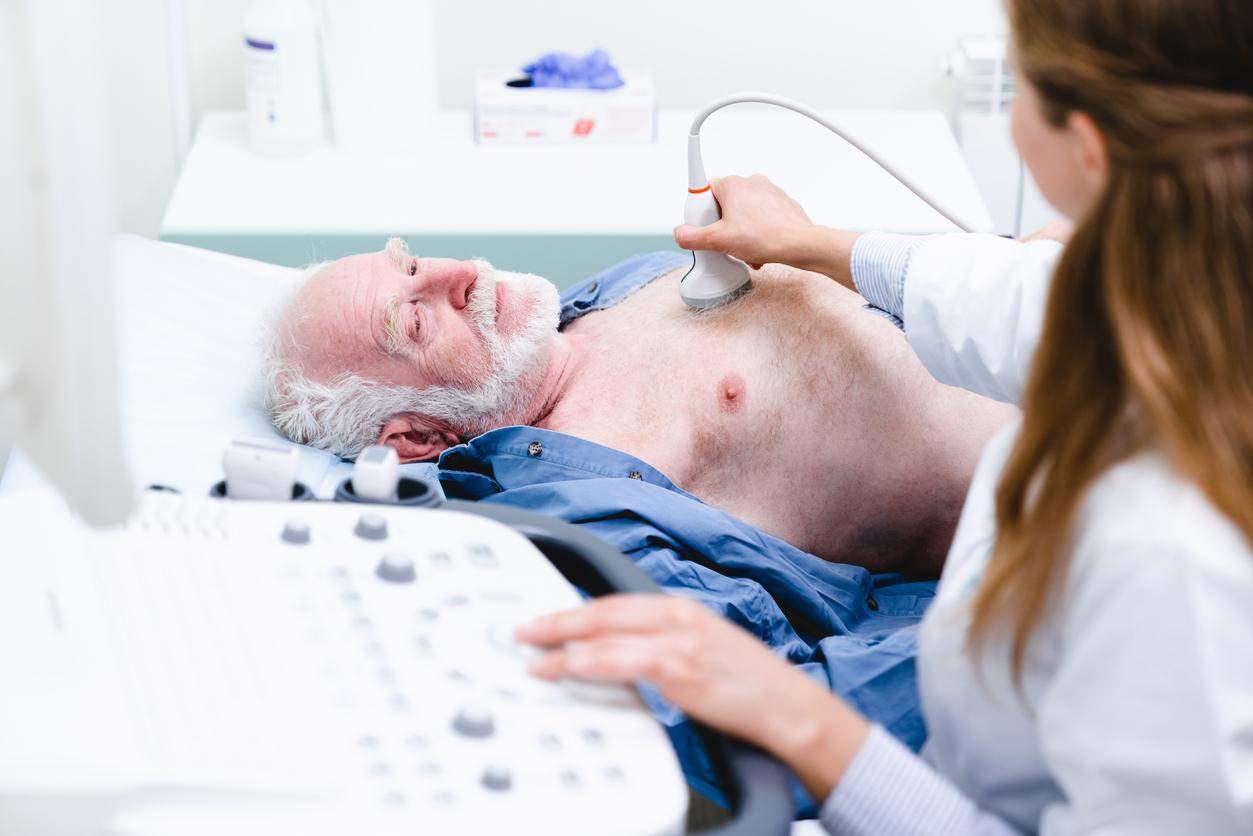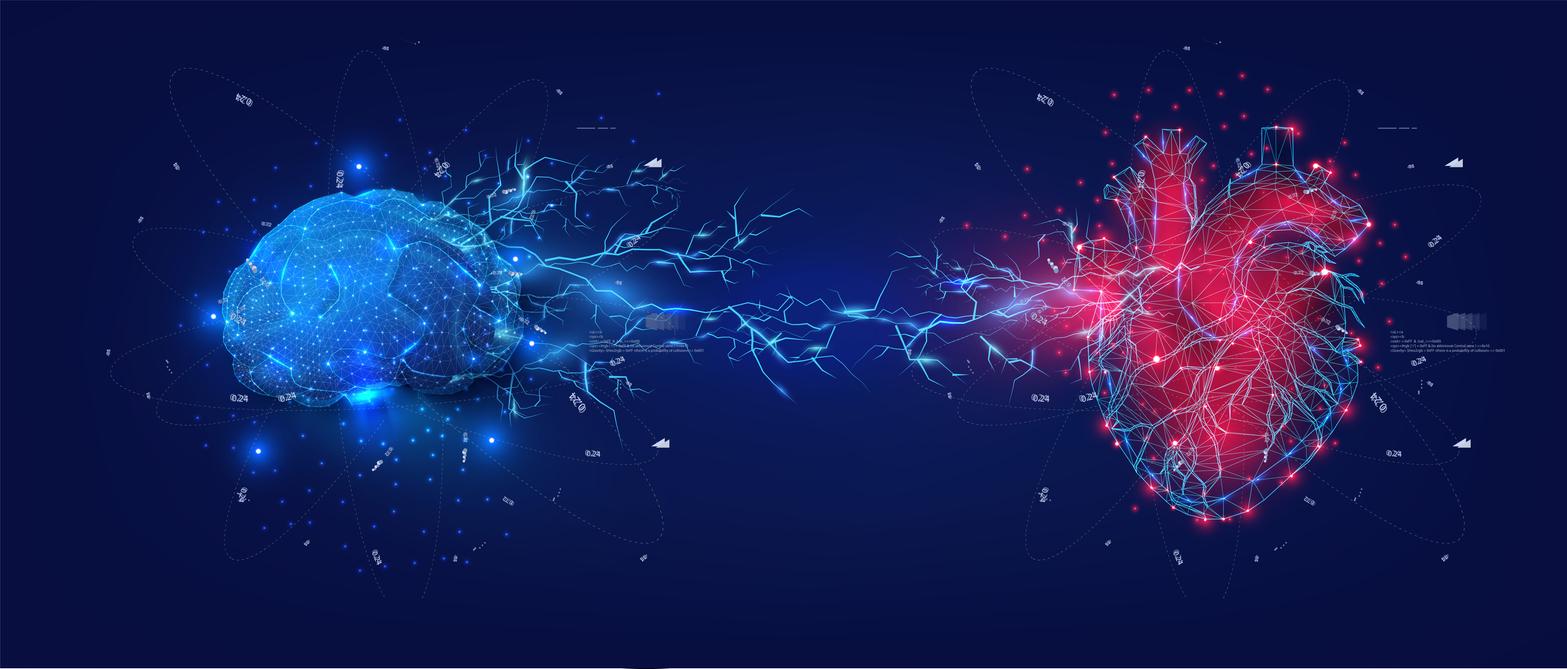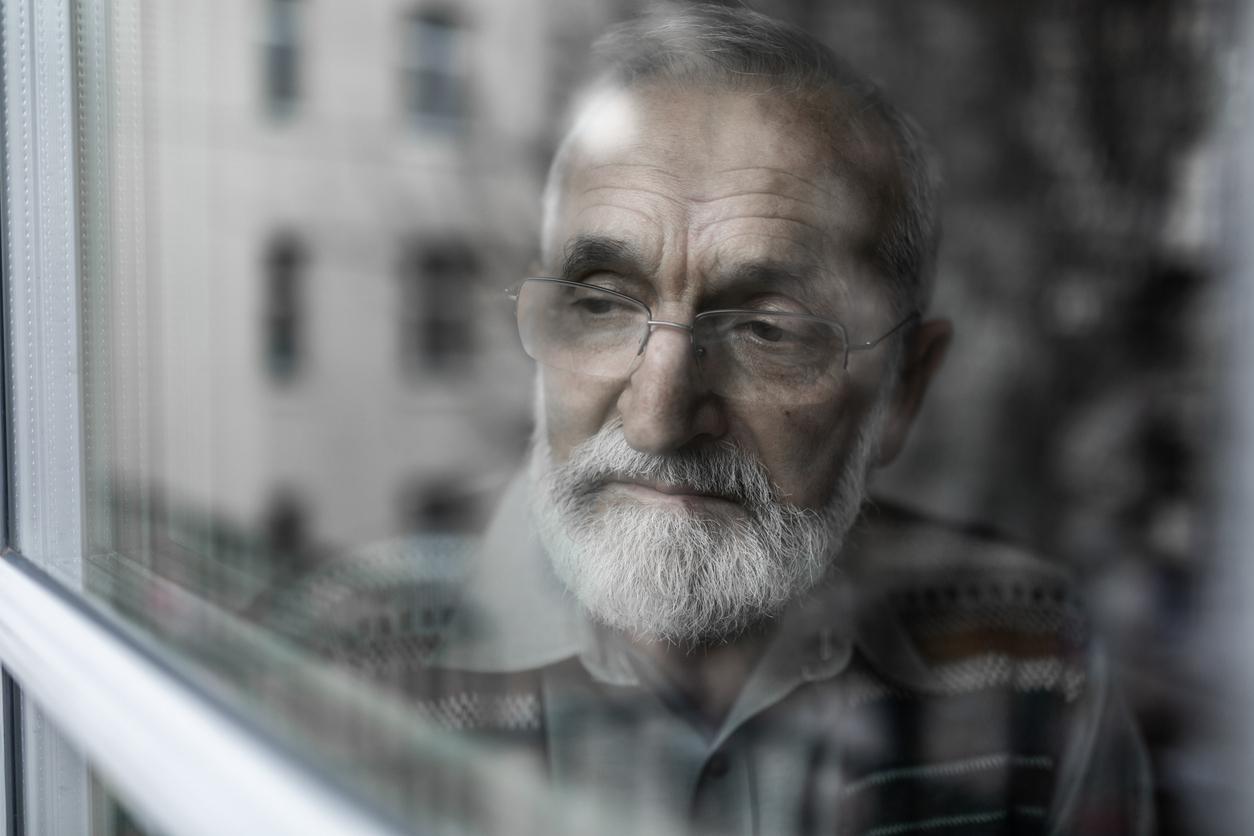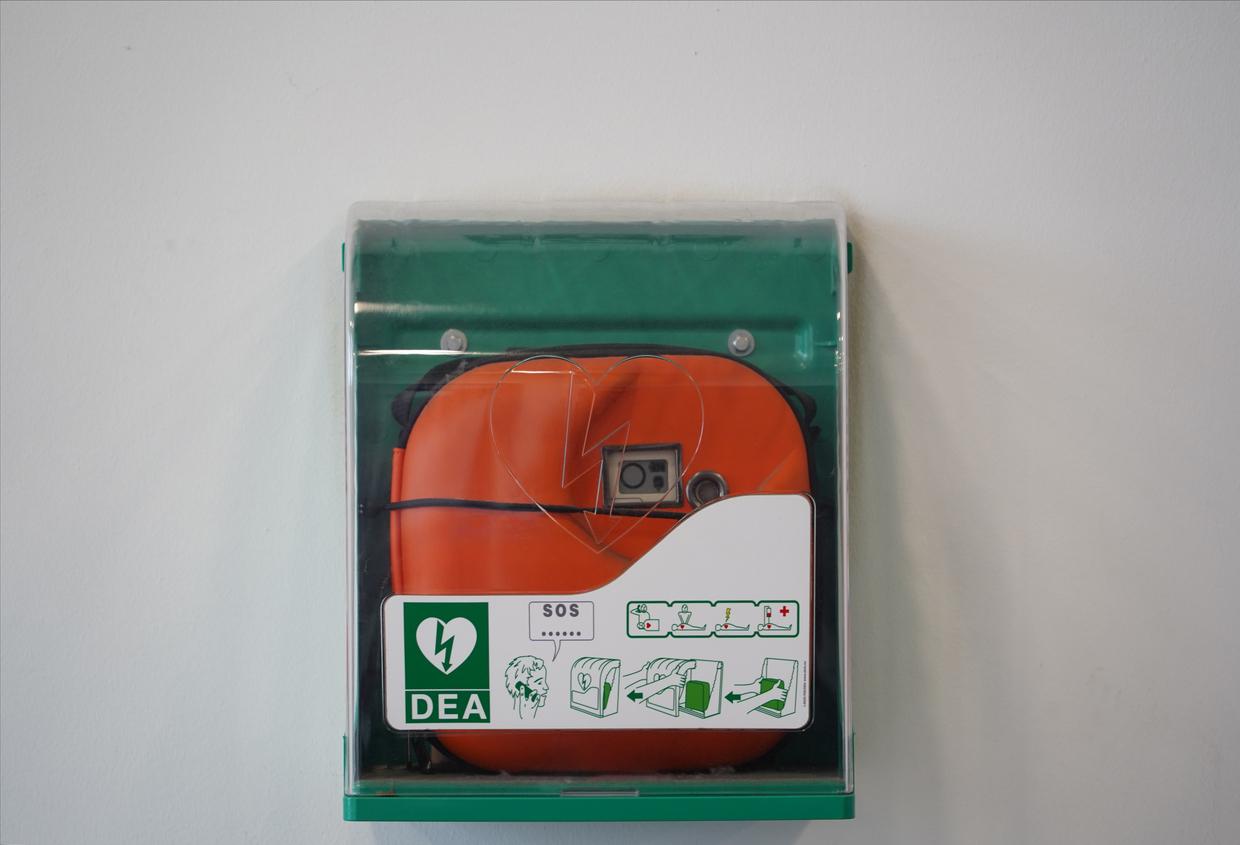Japanese researchers have noticed that sharing real-time biosignals, such as heart rate, during online interactions can increase the feeling of social presence, and therefore ward off feelings of loneliness.
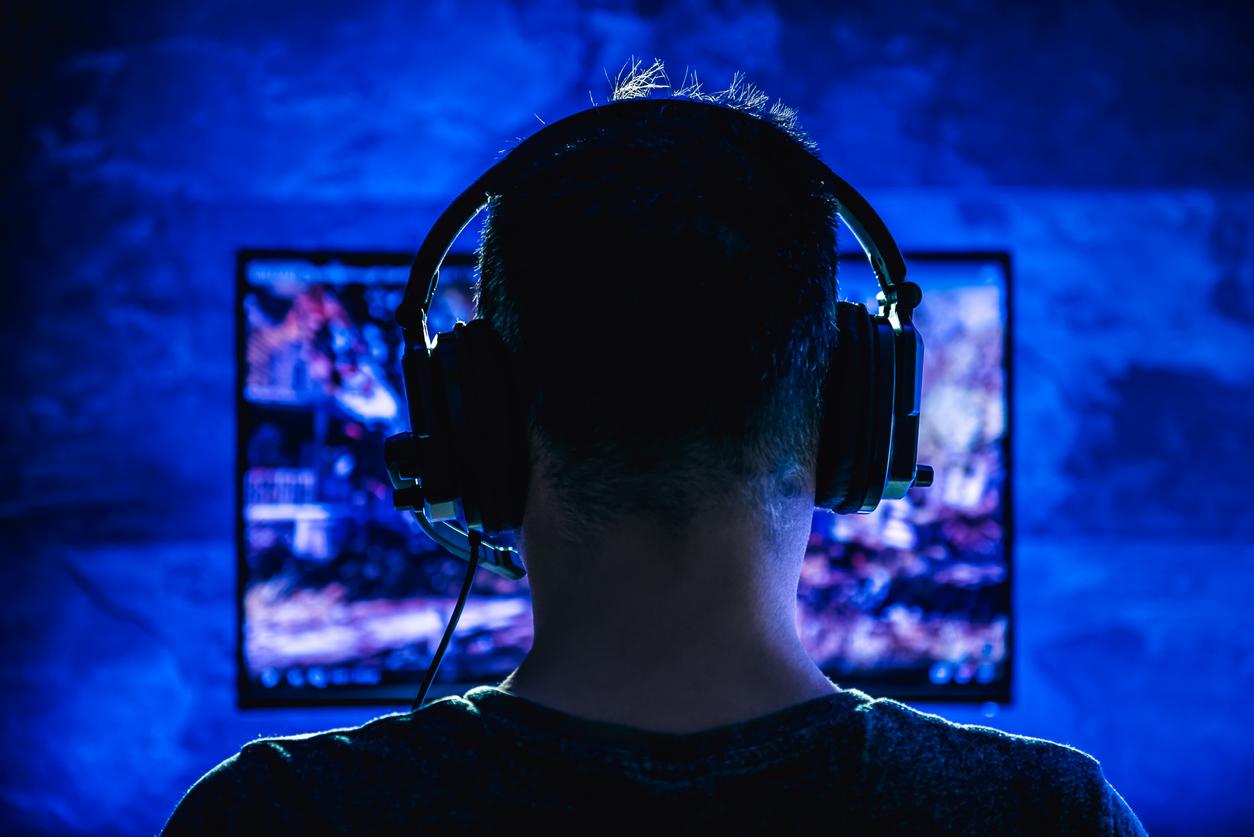
- Biosignals, such as heart rate, can convey a considerable amount of information about a person’s condition.
- Sharing your biosignals can increase feelings of social presence in online interactions, according to a new study.
- This can be a way to combat the feeling of loneliness among people who use virtual technologies.
Videoconferencing, online games, chat… our daily lives are increasingly virtual. While these new technologies have many advantages, they can feed our feeling of loneliness. The solution to boost our social satisfaction? Share our biosignals – like our heart rate – with our interlocutors.
The work of researchers from the University of Tsukuba, published in the journal IEEE Xplore, show that the feeling of social presence during online interactions increases when the heart rate is visible during the exchanges.
Online interactions: facial expressions and heartbeats bring people together
Heart rate tells a lot about people. It reveals, among other things, whether they are stressed, anxious or relaxed. Based on this observation, scientists wanted to know if this type of bodily data could improve virtual exchanges. They thus developed a platform for sharing biosignals in real time and tested it during online gaming sessions. They brought together 20 volunteers who didn’t know each other. They faced each other 1 on 1 in a virtual football match. Each part was carried out under different conditions. First, the participant played online without any information about the opponent. The next few times he had live video of the competitor’s face then access to heart rate information then finally both data. The last part was played offline in the same room as the opponent.
The study results reveal that participants regularly looked at their opponent’s heart rate information during the match, just as they often looked at the face when it was presented to them. This effect was further amplified when live video and heart rate information were presented together.
How to make virtual relationships more fulfilling?
Participants also completed questionnaires designed to measure the level of perceived social presence. Conclusion: Although sharing biosignals does not achieve the same level of self-reported social presence as when individuals play in the same room, the combination of cardiac data and facial video significantly increases the feeling of social presence. Which allows it to be “closest to this optimal condition”.
“In a world filled with online meetings where people are converted into square portrait representations of themselves, this study presents a method to augment online interactions to make them more meaningful and fulfilling,” conclude the authors in their press release.










